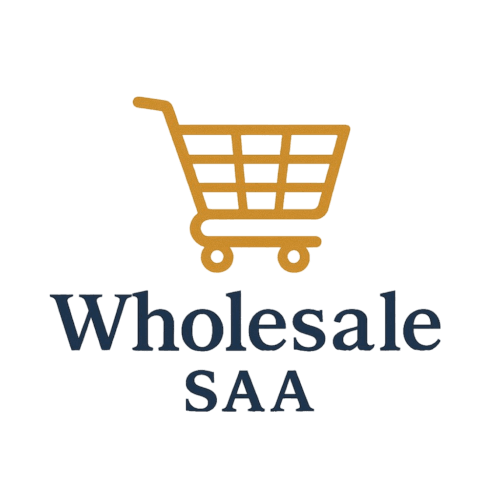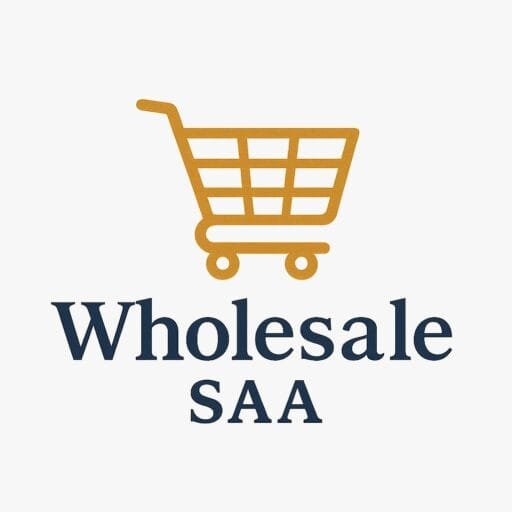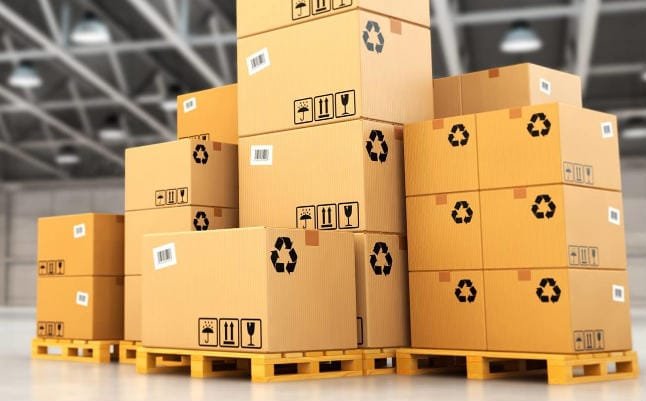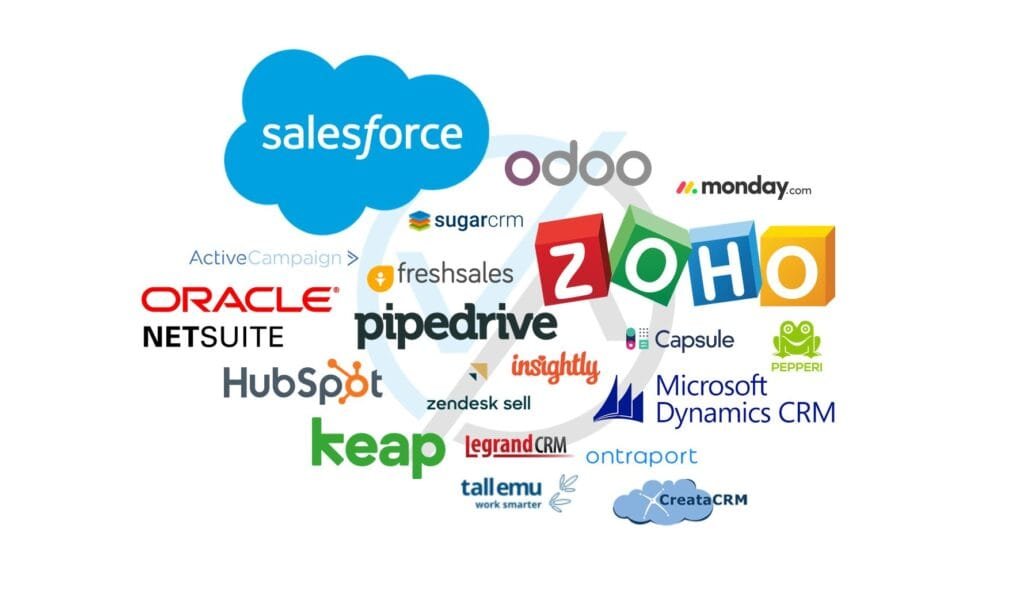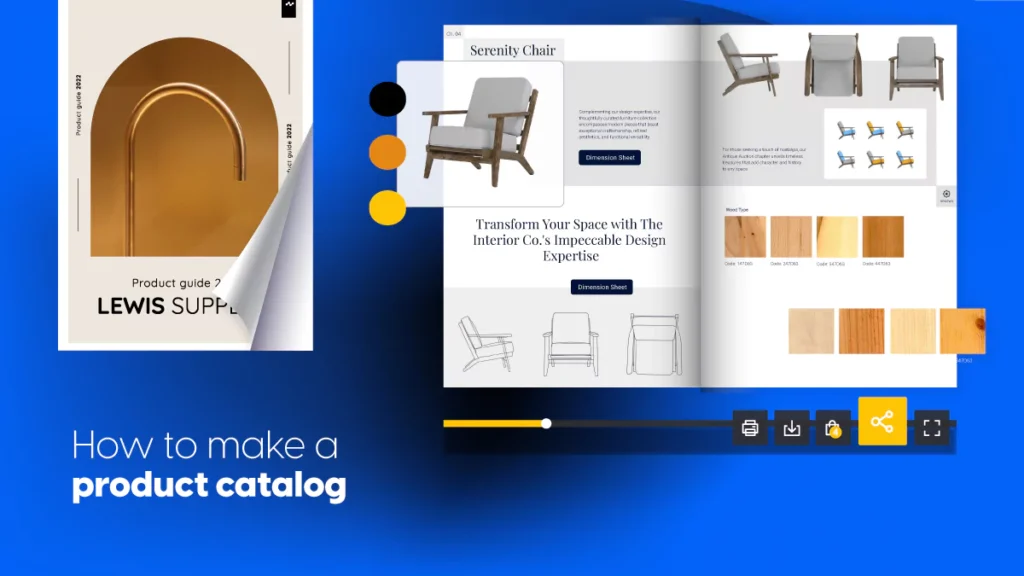In today’s competitive market, having a good product is no longer enough. Success in the wholesale business hinges on how effectively you reach retailers, distributors, and ultimately, your end consumers. That’s where your wholesale channel strategy comes into play.
Whether you’re a legacy brand or a growing startup, the ability to maximize reach and revenue through strategic distribution channels can make or break your wholesale business. In a world driven by e-commerce, global logistics, and hyper-targeted customer experiences, understanding how to build and scale an agile wholesale model isn’t just smart, it’s essential.
In this article, we’ll walk you through five smart, scalable moves that can transform your wholesale marketing strategy, amplify your distribution power, and increase your revenue. These are the same moves used by successful brands across fashion, wellness, tech, food, and lifestyle industries, tailored for your business goals and customer relationships.
5 Moves to Maximize Reach and Revenue
Move 1: Diversify Your Channel Mix Strategically
Relying too heavily on a single wholesale channel is like putting all your eggs in one basket. A modern wholesale strategy demands diversity not just in product lines, but in how you get those products into customers’ hands.
Key Benefits:
Access to new customer bases across different geographies and sectors
Protection from market disruptions in one channel
Increased brand visibility through multiple touchpoints
Real-World Example:
Ritual Vitamins, a U.S.-based health supplement brand, started as DTC (direct-to-consumer) but strategically diversified into wholesale through retailers like Target. This move didn’t cannibalize their online sales; it complemented them. With curated messaging and a consistent brand story across both channels, they expanded reach and trust among new customer groups.
How to Apply:
Pair DTC with strategic retail partnerships (e.g., Target, Walmart, regional boutiques)
Experiment with B2B e-commerce platforms like Faire, Abound, or NuORDER
Add international distributors for global reach but vet their compliance and values
Move 2: Align With Retailers Who Share Your Brand Values
Not every retail partner is a good fit. A brand misaligned with a retailer’s image or values can confuse customers or dilute your story. The key to long-term wholesale success is building relationships with retailers who “get you.”
Key Benefits:
Stronger sell-through rates due to brand affinity
Cohesive customer experience across channels
Increased loyalty from both partners and consumers
Real-World Example:
Dr. Bronner’s, the natural soap brand, chooses its wholesale partnerships carefully. It avoids major discount chains and focuses on natural food stores and co-ops that align with its ethical, organic identity. As a result, they maintain pricing power and loyalty despite being in a crowded category.
How to Apply:
Create a retail partner profile: What values do they share? What audience do they serve?
Evaluate cultural fit: Do they support ethical sourcing, sustainability, or wellness like you do?
Offer custom support: Branded displays, staff training, or co-marketing for high-value partners
Move 3: Optimize Inventory and Fulfillment Systems
Wholesale success isn’t just about making the sale; it’s about fulfilling it flawlessly. Late shipments, incorrect orders, and out-of-stock issues frustrate retail partners and damage your credibility.
Key Benefits:
Higher retailer satisfaction and reorders
Lower operational costs through streamlined logistics
Better inventory forecasting to avoid over- or under-production
Real-World Example:
Allbirds, the eco-friendly footwear brand, invested in ERP (Enterprise Resource Planning) systems early. This allowed them to synchronize online, in-store, and wholesale inventory. When they partnered with Nordstrom, they had the operational backbone to fulfill wholesale orders on time every time.
How to Apply:
Integrate systems like NetSuite, TradeGecko (QuickBooks Commerce), or Skubana for inventory visibility
Offer EDI (Electronic Data Interchange) for easier order processing with big retailers
Set reorder thresholds and dynamic pricing to incentivize consistent restocking
Move 4: Create Wholesale-Specific Marketing Assets
Your wholesale customers—distributors and retail buyers—aren’t the same as your direct consumers. They need sales tools, product education, and marketing support to succeed. Providing branded materials tailored to wholesale buyers can dramatically improve product sell-through.
Key Benefits:
Increased product knowledge and confidence among retail staff
Better in-store merchandising and visibility
Enhanced perceived brand value at the point of sale
Real-World Example:
OSEA Malibu, a clean skincare brand, provides its spa and wellness wholesale partners with digital toolkits, shelf talkers, tester protocols, and social media content. These efforts empower retailers to become true brand advocates, not just resellers.
How to Apply:
Build a wholesale marketing kit that includes:
High-resolution images
Product descriptions and pricing
Sell sheets and POS materials
Also:
Offer seasonal promotions and launch materials that sync with consumer campaigns
Train store teams virtually or in person for product demos
Move 5: Monitor Data and Adjust in Real-Time
The wholesale landscape changes quickly. Retail trends shift, buyers change preferences, and competitors adjust pricing. You can’t afford to “set it and forget it” you must track data and be ready to pivot.
Key Benefits:
Early warning system for underperforming SKUs or partners
Opportunity to double down on what’s working
Data-informed pricing, product design, and channel investments
Real-World Example:
Brooklinen, a luxury bedding brand, entered the wholesale market with a test-first mindset. By piloting in select stores and closely tracking SKU-level performance, they could cut products that didn’t move and expand bestsellers. This agile approach helped them scale without risking brand dilution.
How to Apply:
Use dashboards like Shopify Plus, Tableau, or Looker to track:
Sell-through rates
Retailer reorders
Margin performance by channel
Also:
Survey partners regularly for qualitative insights
Set quarterly review cycles to assess which channels are adding real value
Key Impacts of a Strong Wholesale Channel Strategy
Here’s what you can expect when you implement the five moves we just discussed:
Expanded Market Share
With access to diverse geographies and consumer types, your brand footprint grows without the need for massive marketing spend.Predictable Revenue Streams
Recurring wholesale orders can stabilize cash flow, especially when DTC sales fluctuate seasonally.Better Brand Visibility
Being on a reputable shelf or featured by a trusted distributor can elevate your brand beyond what digital ads can do alone.Stronger B2B Relationships
Strategic partnerships foster brand champions who become invested in your long-term success.Scalable Business Infrastructure
Operational systems built for wholesale success enable future expansion into international markets or new verticals.
Why This Matters for You
If you’re reading this, chances are you’ve worked hard to build your brand, sleepless nights, risk-taking, maybe even bootstrapping your way to product-market fit. The truth is, wholesale isn’t just about selling more units. It’s about building a business that lasts. A business that makes it onto shelves, into homes, and hearts.
Imagine your product being displayed at a store that believes in your mission, supported by staff who know your story, purchased by customers who discover you for the first time in person. That’s what a great wholesale channel strategy makes possible. It’s not just scale, it’s legacy.
And it’s within your reach.
Conclusion
Building a powerful wholesale channel strategy isn’t just a smart business move; it’s a transformational one. By diversifying your distribution channels, aligning with the right partners, fine-tuning your operations, supporting retail buyers with the right tools, and adapting based on data, you unlock the full potential of your brand.
The path to maximizing reach and revenue is paved with strategic choices and relationship-driven actions. Take the first step today by assessing where your current wholesale efforts stand. Then choose one or two of the five moves outlined here to start optimizing.
Wholesale is more than transactions; it’s a long game of trust, visibility, and value. And when you get it right, your brand becomes more than a product; it becomes a movement.
Ready to build a wholesale strategy that fuels your next stage of growth? Start with clarity, act with courage, and stay true to your brand.
